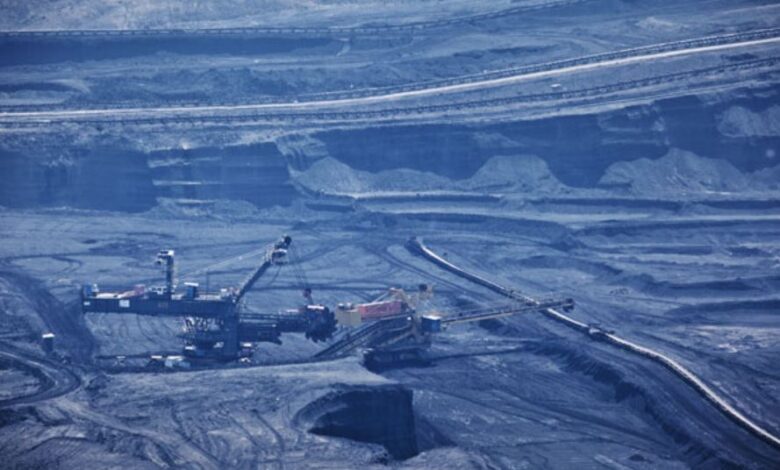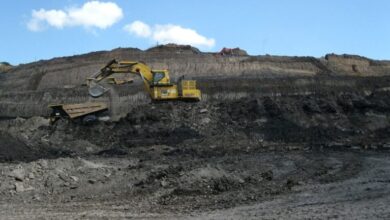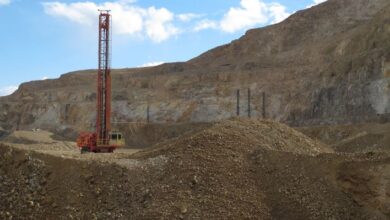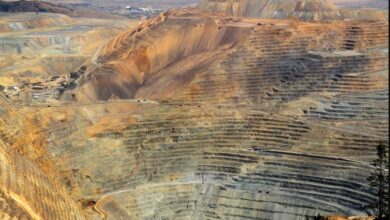Kenya nears completion of operational framework over mining in national parks

The government of Kenya is in the final stages of developing a joint operational framework to provide guidelines over mining within national parks.
This framework, spearheaded by the State Department for Mining, follows a presidential directive aimed at facilitating the exploration and exploitation of minerals within protected areas while ensuring environmental conservation.
Scope of framework
The framework will address various issues, including delineating mining zones, regulating access to parks, and post-mining rehabilitation. One key condition set by the government is the formalization of artisanal miners’ activities through the establishment of cooperative societies. These cooperatives will serve as channels for miners to access protected areas, with over 200 such cooperatives already formed across Kenya.
Principal Secretary Elijah Mwangi emphasized the significance of this historic document during a meeting with legislators from Taita-Taveta County. He highlighted the inclusive process of drafting the framework, which involved experts from the departments of mining, wildlife, and forestry. Once finalized, the framework will undergo public participation before implementation.
The initiative marks a significant milestone for artisanal miners who have long petitioned for access to mine in national parks. David Zowe, chairperson of the Taita-Taveta Artisanal Miners’ Association, expressed optimism about the controlled access, stating it will prevent miners from risking their lives by illegally entering wildlife-inhabited areas for mining activities.
Mining in national parks has been contentious due to concerns about environmental degradation and biodiversity loss. However, proponents argue that responsible mining could contribute to conservation efforts by rehabilitating barren areas within parks. Moreover, allowing communities adjacent to parks to benefit from mining activities could improve their perception of these protected areas, which are often associated with human-wildlife conflicts.






